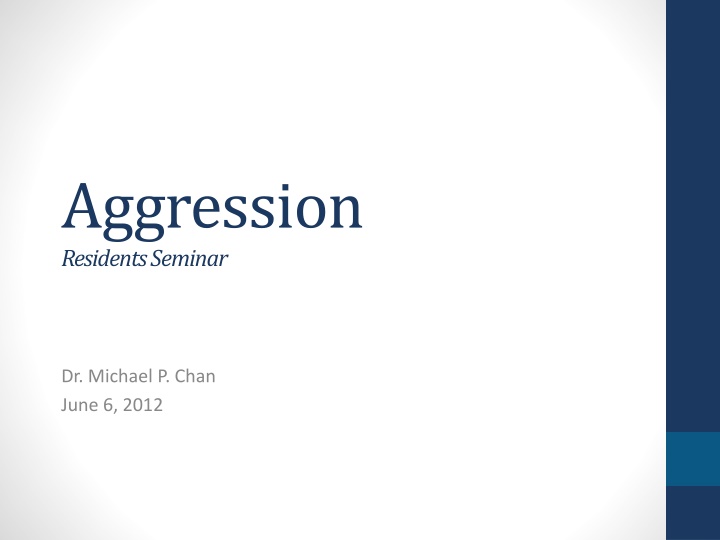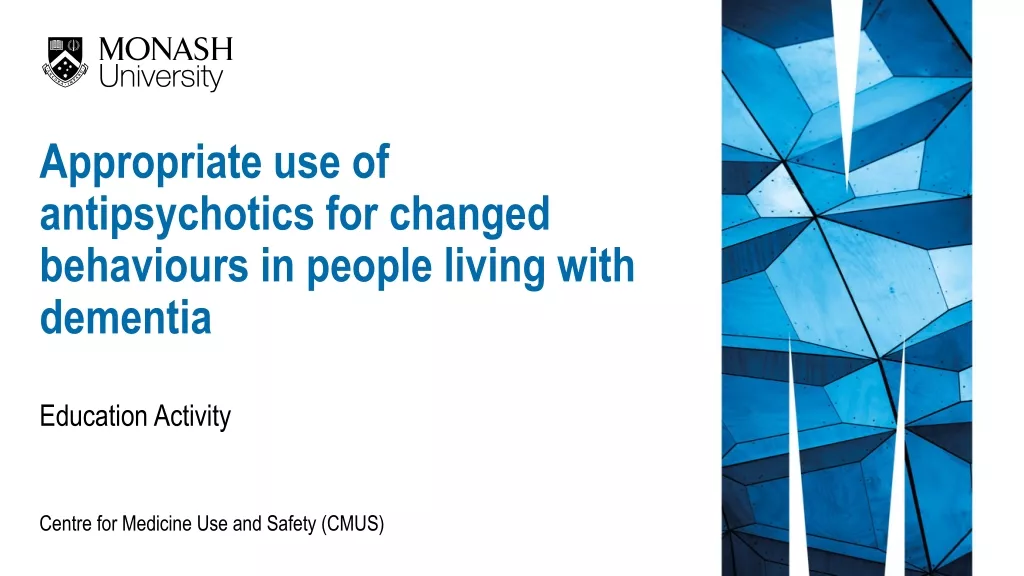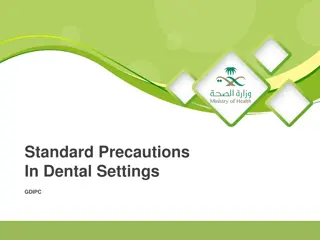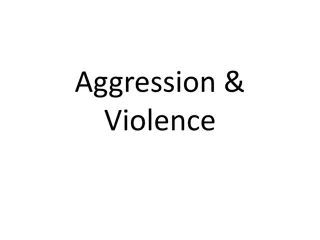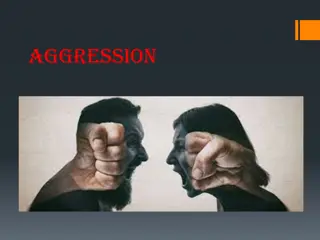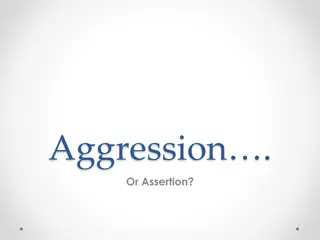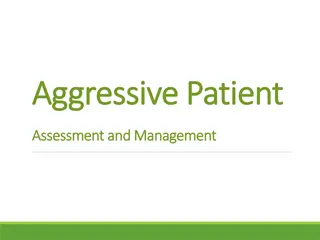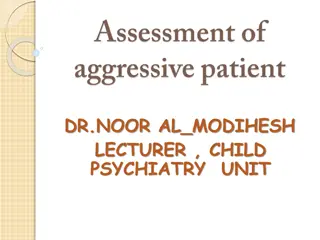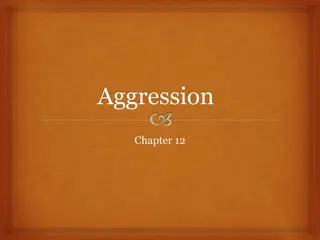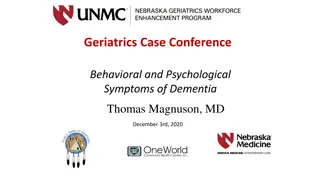Dealing with Aggression in Clinical Settings
This content provides valuable insights on the complex factors contributing to aggression, including biological, psychological, and environmental influences. It also offers practical strategies for clinician safety, communication approaches, physical defense techniques, and intervention methods to prevent and manage violent incidents in healthcare settings.
Download Presentation

Please find below an Image/Link to download the presentation.
The content on the website is provided AS IS for your information and personal use only. It may not be sold, licensed, or shared on other websites without obtaining consent from the author.If you encounter any issues during the download, it is possible that the publisher has removed the file from their server.
You are allowed to download the files provided on this website for personal or commercial use, subject to the condition that they are used lawfully. All files are the property of their respective owners.
The content on the website is provided AS IS for your information and personal use only. It may not be sold, licensed, or shared on other websites without obtaining consent from the author.
E N D
Presentation Transcript
Aggression Residents Seminar Dr. Michael P. Chan June 6, 2012
Issues Violence in Society Complex Interactions of Factors Legal Approaches Emotional Responses Clinical Approaches
Formulation of Violence: Factors Biological Neuropsychiatric Seizure, TBI Neurotransmitter Decreased 5HT, Impulsivity Increased NE, DA Genetic Loading, Chromosome Abrnormality
Factors Contd Psychological Child Abuse Witnessing Domestic Violence Media Exposure Social Poverty, Deprivation, Unemployment Family Breakdown Subculture Gang Other Environmental Overcrowding Heat
Clinician Safety Patient Attacks Psychiatrist/Resident Nurse Inexperience Limit Setting 40% 80% Interview Setting Counter Transference Restrain or Talk Clinical Approach Categorize Organic, Psychotic, PD/Other
Talk Approach Calm Manner Acknowledge the Affect Respectful Non-judgmental Non-provocative Physical Space, sit Minimal Eye Contact Listen Empathically Controlled Manner Offer Medication
Physical Setting Furniture Layout Exits No Projectiles Panic Button Clothing, Jewelry
Physical Defence Stand Facing Sideways Arms for Defence Deflect Kicks with Legs Shields Objects, Mattress Grabbed Thumb Hair Pull Control Hand Choke Hold Tuck Chin
Patient with Weapon Expose Few Staff Calm, Talk to Patient Put Weapon Down Do Not Go for Weapon Plan Hostage Situation
Intervene Before Attack Staff Adequate and Trained Staff Caring, Non-authoritarian, and in Control Talk and Listen to Patient Recognize Warning Signs Staff Issues Monitor Own Countertransference Feelings Monitor Ward Dynamics Staff Conflict
Intervention Contd Defence Mechanisms Denial Projection and Overestimation Displacement Negative Reactions Prejudice Other Dynamics Admin Debriefing Meetings
Clinical Assessment: History Taking Violence as Presenting Problem Duration, Frequency, Target Pattern Injuries Past Investigations Impulsivity Features Familial Violence Developmental Insults Medical
Clinical Assessment: Diagnostic Groups Organic Substances/Alcohol Brain Disorders Systemic Illness O2 Liver Kidney Metabolic/Endocrine Metals SLE Porphyria Vitamin Electrolyte
Clinical Assessment: Psychiatric Disorders Psychotic P.D. Cluster B. M.R. ADHD IED
Clinical Assessment: Investigations Bloodwork EKG CXR Drug Screen EEG Other Metals MRI Psychological
Summary Violence in Society Complex Interactions of Factors Legal Approaches Emotional Responses Clinical Approaches
